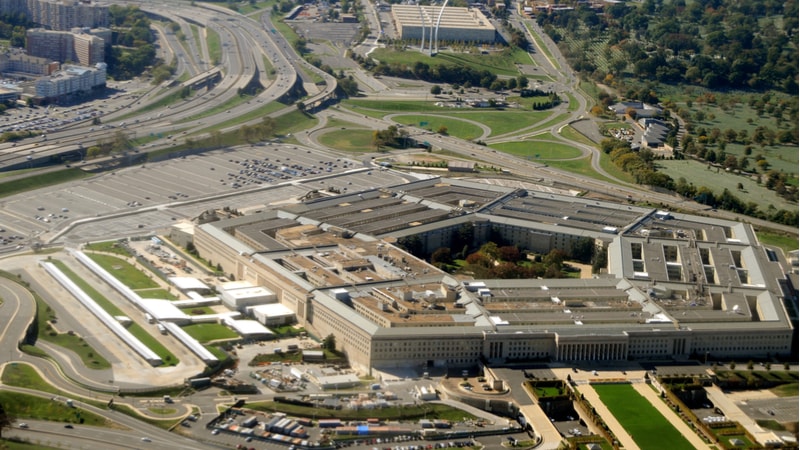
The Defense Intelligence Agency (DIA) is nearing completion of a nearly two-year long “tech refresh” of its Joint Worldwide Intelligence Communication System (JWICS), DIA Chief Information Officer Doug Cossa said on Tuesday.
“We are almost done with tech refresh … That has been the focus over the past two years, since we started the program, really replacing the antiquated infrastructure, especially where we have critical nodes,” Cossa said during an Oct. 8 Intelligence and National Security Alliance webinar.
The JWICS network, launched in the 1990s, initially enabled video conferences between DIA headquarters and the Pentagon. Today, it has grown to encompass hundreds of thousands of users, supporting email and various data types, while safeguarding the Department of Defense’s and the intelligence community’s most sensitive intelligence information.
Since 2022, DIA has been performing a “tech refresh” on the JWICS with a significant focus on updating equipment, building out cybersecurity tools, and optimizing use cases.
Cossa explained that for the last few years DIA has been working to “[enhance] the monitoring of network traffic and connectivity [of JWICS], and then, of course, automating the management of that as we start to see anomalies. And then especially from the cybersecurity side, is how do we isolate parts of the network that aren’t operating towards their norm?”
He elaborated that the modernization of JWICS involves a shift toward “software-defined networking” to identify errors or issues early on and prevent outages before they occur.
“In the past, as we’ve experienced networking problems, it’s always an after-the-fact of, ‘Okay, what happened?’” Cossa said. “How do we move that question up front before an outage occurs?”
Additionally, as part of the JWICS modernization effort DIA plans to enhance the cybersecurity and automation capabilities of the system. According to Cossa, these automation capabilities will eventually identify those errors – with the help of artificial intelligence – before any serious damage occurs.
He further clarified that the modernization effort includes “everything that goes along with providing connectivity” and making the JWICS more resilient.
The “tech refresh” is not necessarily just updating JWICS at the device level – routers, switches and encryption – the goal is to eliminate “single points of failure” to have a “modular effective network,” the CIO said.
“It’s a mesh network to where, if one point goes down, you’ve got alternate routes, just like a highway system, right?” Cossa said. “You don’t want to just have one exit. You want multiple on ramps and off ramps. That’s where we are on the tail end of completing.”
